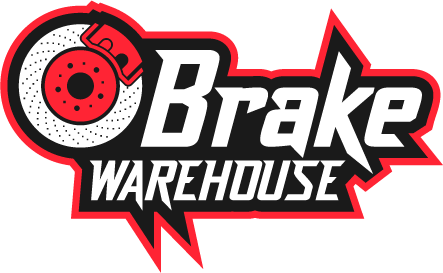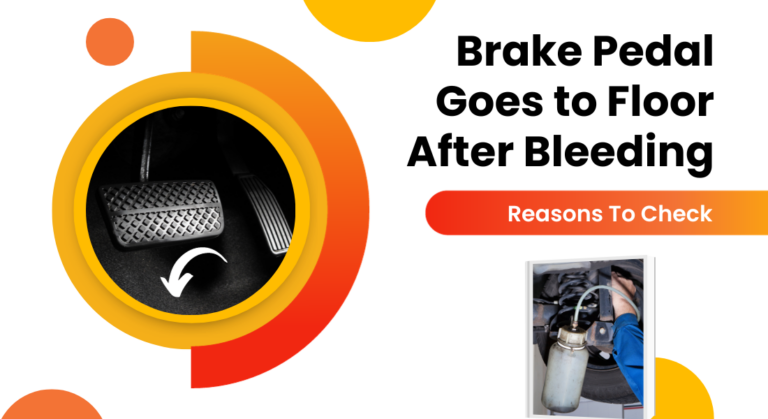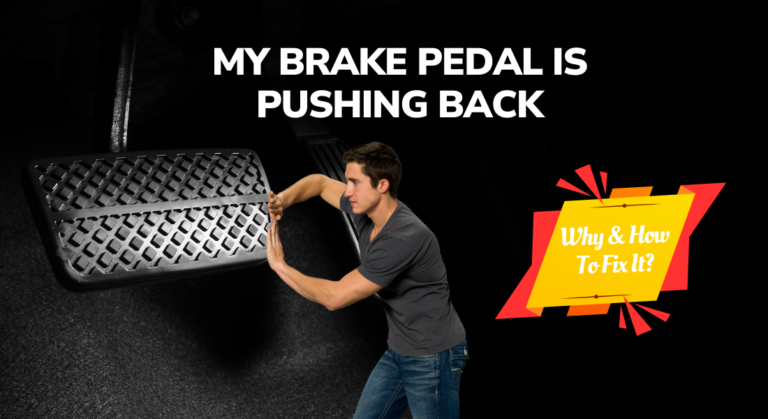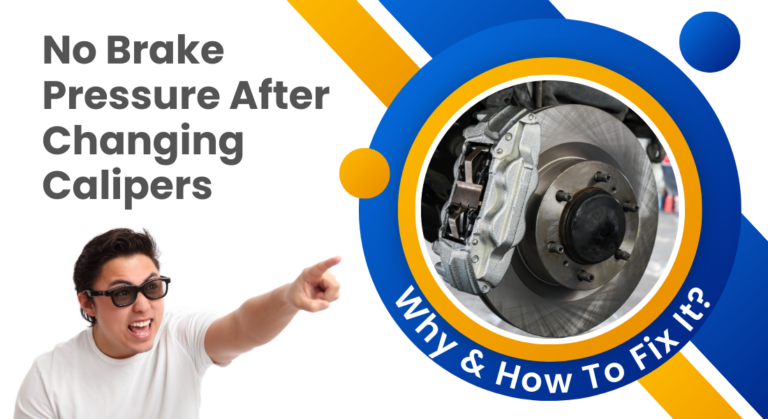Brake System Failure 43 Mph Top Speed Warning – How To Fix?
The 43 mph top speed warning can be confusing because it sometimes appears right after a brake repair. This warning is typically displayed whenever a vehicle’s onboard computer detects malfunctions in the brake system.
Since the 43 mph top speed warning prevents you from driving faster than 43 mph, it prevents issues like car damage accidents.
Keep reading to learn when a brake system failure 43 mph top speed warning occurs, what it means, and what to do when it crops up.
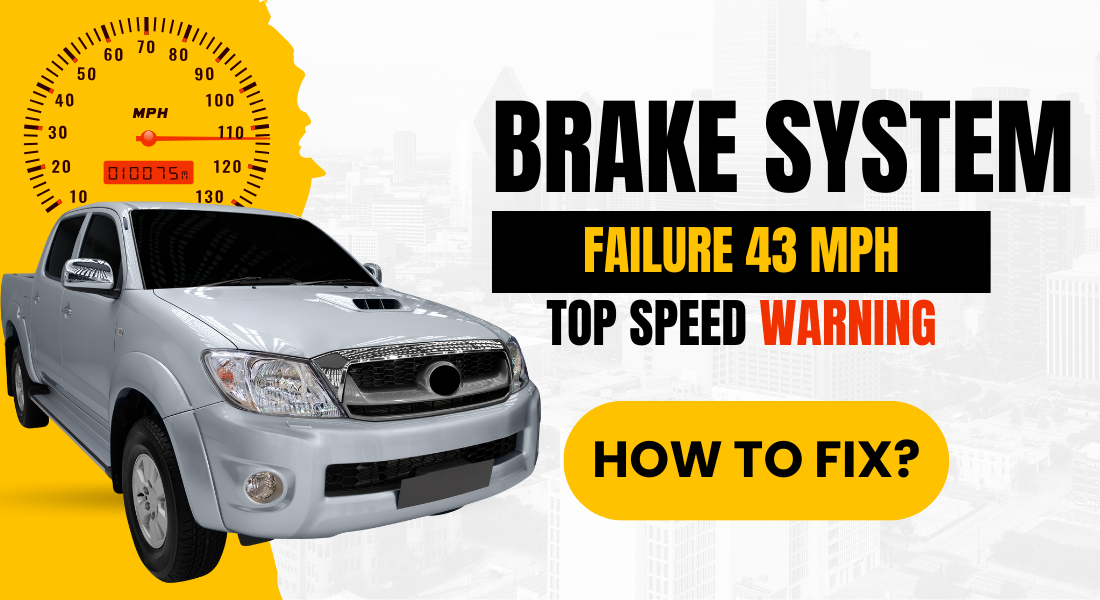
Brake Failure 43 Mph Top Speed Warning – 6 Reasons To Check
The 43 mph top speed warning is a limit the vehicle computer imposes on the top speed whenever a brake system failure is detected. While the warning is active, you can’t accelerate beyond 43 mph because the vehicle’s electronic systems prevent that.
By the way, the brake system may fail due to several reasons. The reasons are as follows.
- Leaking brake fluid
- Worn-out brake shoes and pads
- Overheating
- Brake system contamination
- Damaged brake line
- Damaged brake discs
Cars show top speed limitations when there is a problem with the braking system to prevent accidents. This speed limitation also reduces the chances of other mechanical issues.
The car will resume its normal speed limitation after fixing the underlying issues of the braking system. The speed limit can be anything and not universal to 43 MPH.
Here’s a video that shows a car limits its top speed to 63 MPH due to braking system issues.
Now, let’s break down the underlying issues that limit the top speed in detail.
1. Leaking brake fluid
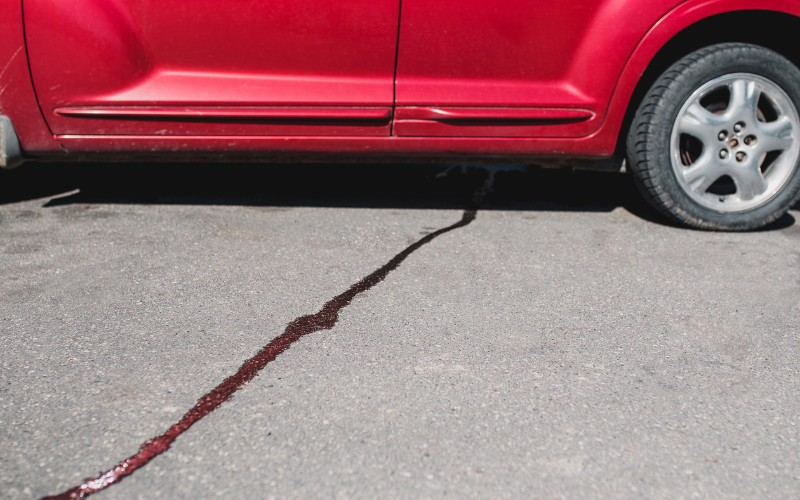
Brake fluid leaks are the most common cause of brake failure. The function of a brake fluid is to take the pressure applied to the brake pedal to the actual brakes.
The fluid level in the brake lines drops whenever there is a leak. This fluid level drop reduces the pressure on the brakes, affecting their ability to stop the vehicle.
2. Worn-out brake shoes and pads
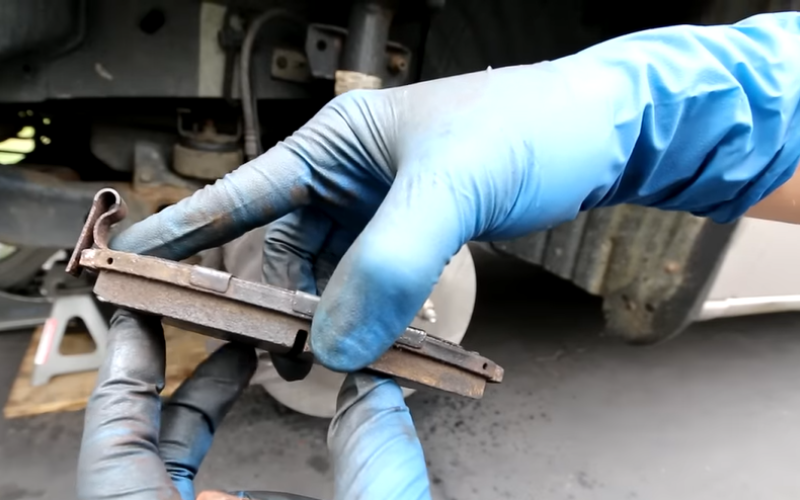
Brake pads and shoes lie between the brake caliper and wheel rotor and provide the friction necessary to stop the car. They regularly endure extreme friction and heat, so they get worn out over time. If not replaced, brake pads eventually cause a brake system failure.
3. Overheating
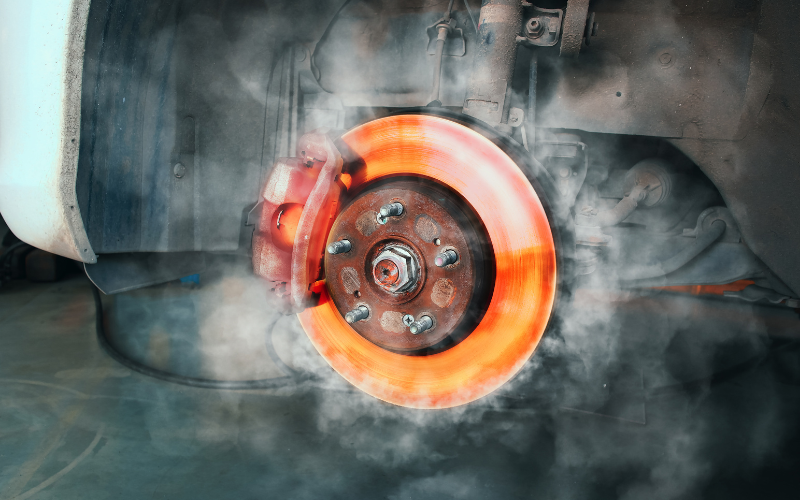
Whenever the brakes are used continually and aggressively, there’s a chance that components like brake shoes and rotors overheat.
Overheating damages brake rotors by creating hot spots that are friction-resistant. These hard spots make the brakes less effective.
4. Brake system contamination
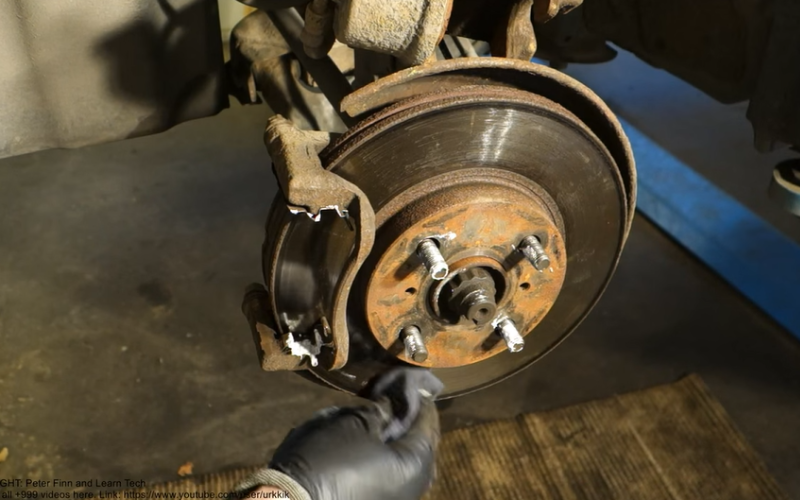
Substances like grease and oil are known to reduce friction between surfaces. Hence, whenever the brake system gets contaminated by oil or grease, the brakes’ effectiveness drops significantly. Sometimes, these contaminants can cause a complete brake system failure.
5. Damaged brake lines
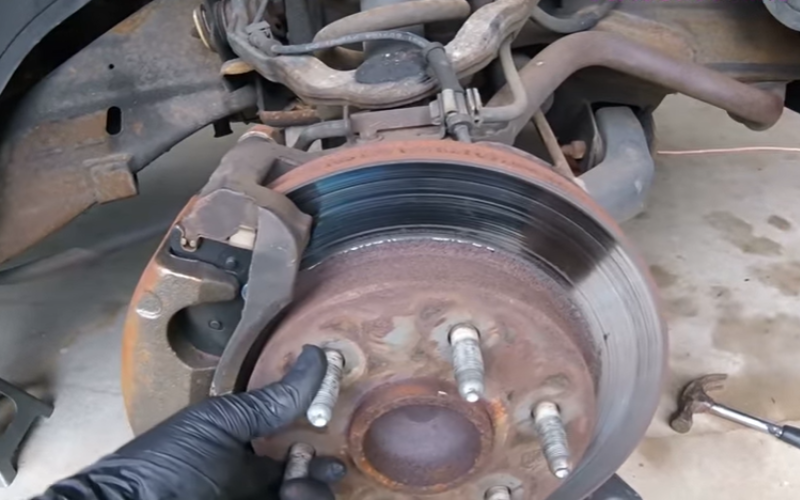
The brake lines can get corroded or broken due to impact and vibrations. Damaged brake lines can leak or block brake fluid from reaching the brakes, causing brake failure.
6. Brake disc distortion
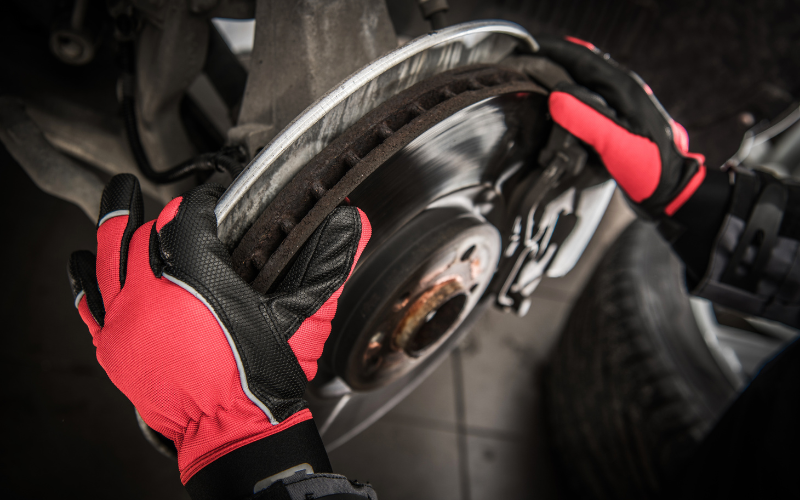
Damaged brake discs often have distortions that make it hard to brake and wear out brake pads faster, causing brake failure.
43 Mph Top Speed Warning Appeared While Driving: How To Fix?
If you notice a brake system failure warning with a 43 mph top speed limit while driving, here’s what you should do;
- Don’t panic. Rather, stay calm and composed
- Hazard lights – Activate your hazard lights to alert other drivers that you have a problem. You can also honk and flash your headlights to warn pedestrians and other drivers.
- Slow down gradually – Use compression braking, which is where you ease off the accelerator pedal while shifting down the gears. This process will slow down your vehicle without depending on the faulty brakes.
- Look for a suitable parking slot like the shoulder of the road or an empty stretch of the road.
- You can also use the parking brake for emergency braking. However, you must be careful when you use the parking brake because it can cause your vehicle to skid and lose control.
- After stopping, engage the parking brake to secure the vehicle before calling a mechanic for assistance.
Read Also: Master Cylinder Failure After Brake Job: The Causes & Fixes
Other Reasons Why The Brake Speed Limit Appears?
The 43 mph top speed warning typically appears when your vehicle’s brakes malfunction. Other cases that may trigger the speed limit include;
- Failure to activate a brake service mode before performing brake system repairs
- Attempting brake system repairs such as replacing the brake rotor or drum, brake caliper, or brake shoe by yourself. These fixes cause the speed warning to appear because they interfere with the brake system’s calibration.
Sometimes, the 43 mph top speed warning will appear because your vehicle needs to be serviced. In this case, the systems that may need to be serviced include;
- Trailer brake system
- Electronic stability control (ESC)
Read Also: What Does “Service Electronic Parking Brake” Warning Mean?
FAQs
Here are some answers to common questions about brake system failure.
Can a 43 mph top speed warning be prevented?
The 43 mph top speed warning can be prevented by servicing your car regularly to avoid brake system failure. You can also prevent it from occurring by activating brake service mode before trying to fix any brake issues.
Can I ignore a 43 mph top-speed warning?
Since a 43 mph top speed warning usually crops up when the brake system malfunctions, you shouldn’t ignore it. Driving with a top-speed warning risks your safety, so you should try to resolve it as soon as it appears.
Conclusion
The brake system failure 43 mph top speed warning typically occurs when the brakes fail or after you fix the brakes.
If it appears while driving, stay calm and slow the car down gradually before stopping to check the issue. You should never ignore this warning because doing so will jeopardize your safety.
To avoid the top speed warning, always activate brake service mode before attempting any brake system repairs.

Meet Zayan, the mechanical genius behind the highly acclaimed brakes problems and solutions website. With over a decade of hands-on experience in the automotive industry, Zayan has become a trusted authority in the realm of brake systems.
His passion for cars, coupled with his expertise in solving complex brake-related issues, has earned him a devoted following of car enthusiasts, mechanics, and everyday drivers seeking reliable guidance.
